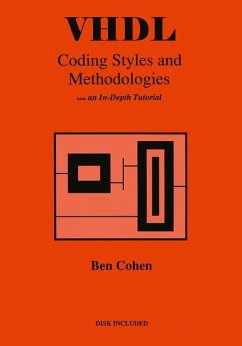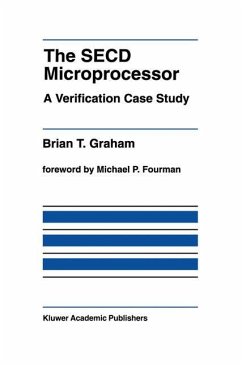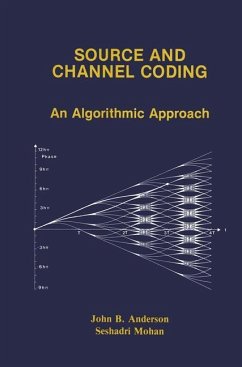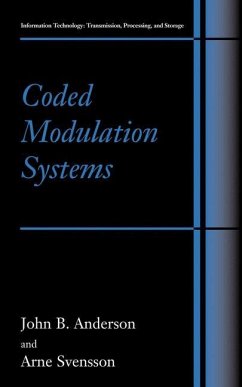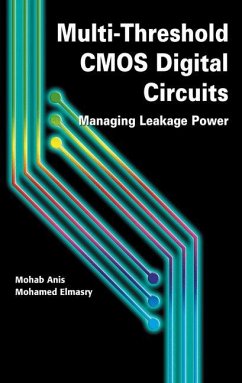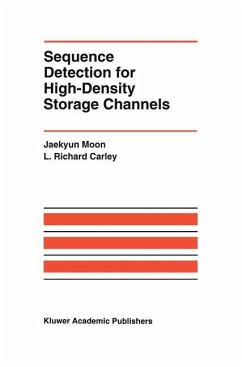
Sequence Detection for High-Density Storage Channels

PAYBACK Punkte
39 °P sammeln!
While there have been remarkable advances in recent years in the areas of both coding and detection for data storage, this book focuses on data detection, or the processing of reading back waveforms to reproduce stored data, in conjunction with the traditional modulation coding method called run-length-limited or (d, k) coding. Among notable recent advances in the area of data detection is the application of the Viterbi algorithm combined with partial response linear equalization, known as partial response maximum likelihood (PRML), to commercial magnetic disk drives. The decision feedback equalizer (DFE), a well established data detection technique in communication channels subject to intersymbol interference (ISI), has also attracted attention in the magnetic recording community. One of the objectives of this book is to provide a tutorial review of the application of these detection schemes to magnetic recording. Philosophies behind these detection schemes are explained, as well as methods for analyzing their performances. Performance of these detection schemes is compared with that of the traditional peak detection method to provide insight into density improvements that can be achieved using these schemes.
The main emphasis of the book is on the more recent idea proposed by the authors, namely, the application of fixed delay tree search (FDTS) to high density magnetic recording. Although the idea of depth-limited tree search has long existed in coding and in detection for ISI channels, it has not been previously noted that, for certain constrained ISI channels, depth-limited tree search yields an asymptotically optimal performance. This book explores the idea of depth-limited search on constrained channels and shows how a relatively simple FDTS detector combined with DFE, called FDTS/DF, achieves a near-optimal performance when applied to high density magnetic recording where the minimum run-length constraint may be required to suppress nonlinearities and media noise.
The main emphasis of the book is on the more recent idea proposed by the authors, namely, the application of fixed delay tree search (FDTS) to high density magnetic recording. Although the idea of depth-limited tree search has long existed in coding and in detection for ISI channels, it has not been previously noted that, for certain constrained ISI channels, depth-limited tree search yields an asymptotically optimal performance. This book explores the idea of depth-limited search on constrained channels and shows how a relatively simple FDTS detector combined with DFE, called FDTS/DF, achieves a near-optimal performance when applied to high density magnetic recording where the minimum run-length constraint may be required to suppress nonlinearities and media noise.
Magnetic data storage can be viewed as a data communication system. This is not a sUlprising view, considering that data storage is essentially the transfer of data between different times. The past decade has indeed seen rapidly growing interest in applying improved coding and detection techniques to magnetic data storage, a traditional approach to enhance performance of communication channels. Since its inception in the 1930's, the magnetic recording industry has achieved impressive progress in data capacity. This has been made possible mainly by innovations and advances in heads and media design. However, as the demand for higher storage capacity continues in the modem information era, a need arises to explore other possibilities to help meet the ever-growing demand. Advanced coding and detection are one such possibility, providing an efficient, cost-effective means to increase data capacity. In fact, with the advent of modem Ie technology which has enabled real-time implementation of increasingly complex signal processing algorithms, advanced coding and detection are rapidly becoming a major issue in the development of improved data storage products. While there have been remarkable advances in recent years in the areas of both coding and detection for data storage, this book focuses only on data detection, or the processing of readback waveforms to reproduce stored data, in conjunction with the traditional modulation coding method called run length-limited or (d,k) coding.







